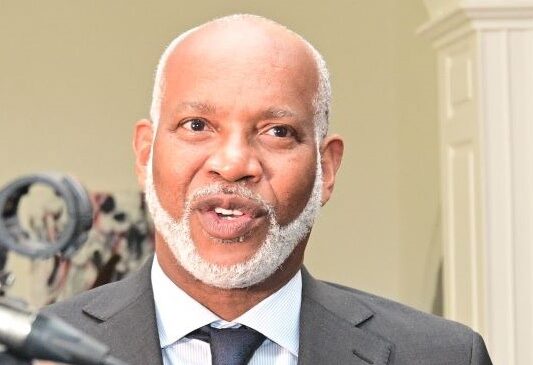As we enter the peak winter season, for many tourism partners, especially the smaller accommodation providers, the next four months play a critical if not pivotal period in the long term survival of many businesses […]
in this sector.
The increased level of occupancy and higher room rates, experienced during the traditional winter help partially compensate for the slower eight long summer months.
In almost three decades operating a small hotel, many of us wish it was different and have looked at creative ways to fill a few more rooms between mid-April and December with special interest groups like walking tours, yoga or culinary experiences with some success.
During this year we have witnessed substantial recovery in arrival numbers from the US market and if this continues into 2016, especially with the introduction of a new daily JetBlue flight from Fort Lauderdale commencing in April, there are many new opportunities that could be fully exploited.
When we put together the first fully functional small hotel grouping, Barbados Treasures years ago, one of the principal objectives was to increase each member’s hotel occupancy by 10 per cent during the summer and raise each occupied room by a net rate of just US$10 per night.
For all sorts of reasons, it is difficult for the majority of tour operators to use small hotels, so any target marketing would have to be aimed towards the consumer, in this case, the guest, directly.
If you calculate the summer as having 240 nights, with the average small hotel on Barbados consisting of 21 rooms, that in itself increases annual turnover of each accommodation provider by almost BDS$100,000, without necessarily raising operational costs proportionately. Higher income and profitability would allow greater scope for plant improvement, staff training and promoting the property of course.
It’s a pretty simple scenario, but in my humble opinion, achievable. Then do the math, to see what a difference it could also make to arrival numbers. As an example, let us say that average occupancy for our small hotels during those eight months is increased from 50 to 60 per cent.
A typical small hotel of 21 rooms by around 100 registered properties multiplied by 240 nights, with a average stay of 7 nights and two persons occupying each room. That 10 per cent differential across the small lodging sub-sector represents an increase of 14,400 additional visitors per year.
Accommodation aside, just think how many other tourism providers would obtain secondary benefit like our attractions, activities, car rental, shopping, restaurants etc.
While earlier almost dismissing tour operators in this concept, I really think there is a niche to partner with airlines like Thomas Cook, to have what Thomson launched many years ago, a Small and Friendly programme.
Judging by the reported loadings, the new Glasgow/Barbados flight is doing well with the hope that we can entice the carrier back again next year on this route with increased frequency. The Manchester/Barbados service which recently increased to three times weekly offers a competitive alternative to Virgin Atlantic and seemingly is very popular for those visitors looking for less expensive accommodation offerings.




The blogmaster invites you to join the discussion.